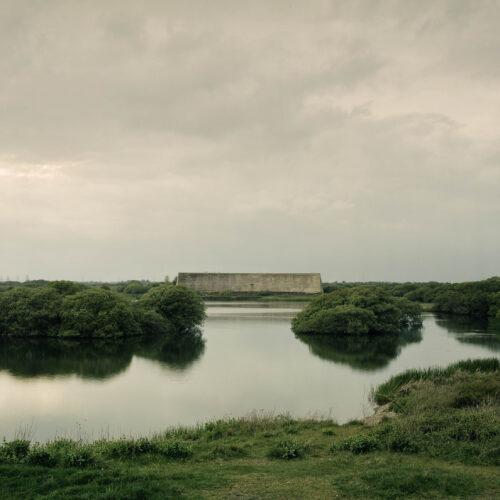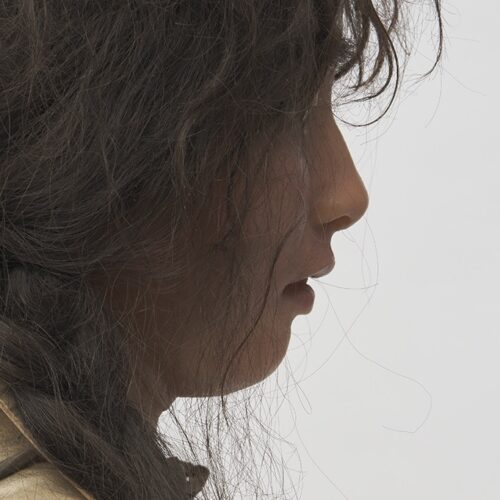EventHiroshimaFinished
Date : Aug. 6, 2024
Hiroshima Memorial Event – 79th Anniversary
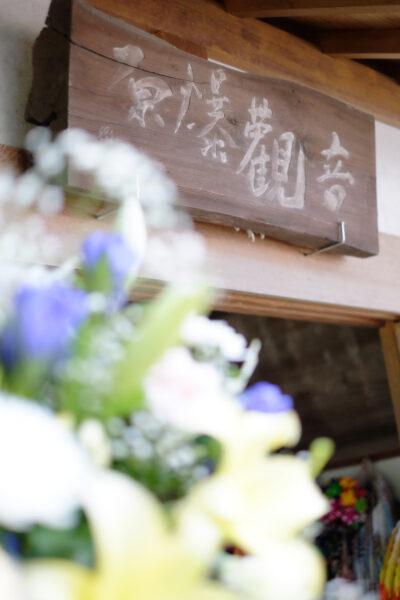
This year marks the 79th anniversary of the atomic bombing of Hiroshima. We will hold a reading session from the children’s book Hiroshima no pika and a screening of the film HELLFIRE: Journey from Hiroshima (capacity of 70 people on a first-come, first-served basis; participation fee 1,000 yen; admission fee not included). Admission is free for high school students and younger.
Due to the overgrowth of grass on the banks of the Toki River, we will not hold a lantern floating ceremony. We will hold a memorial ceremony by offering lanterns in front of the Hiroshima Panels and observing a moment of silence in lieu of the lanterns floating ceremony.
We expect extremely hot weather on August 6. The Maruki Gallery is not adequately air-conditioned, and the room temperature tends to rise when a large number of people gather. Please plan your visit accordingly.
There will be stalls selling organic vegetables and a flea market in the front yard of the gallery on the day of the event. At Hakkaidou, we will hold a workshop to draw pictures on paper lanterns.
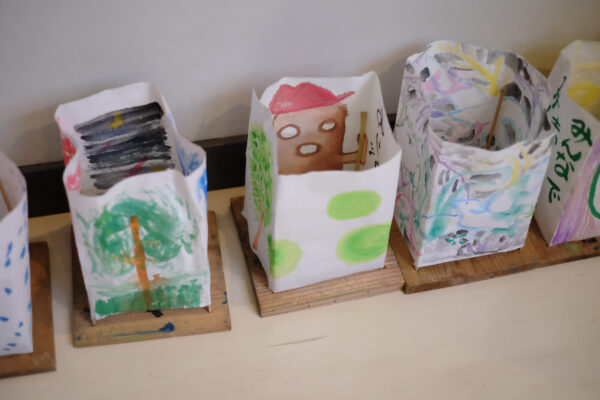
[Schedule]
12:00-14:30 Lantern painting at Hakkaido (free of charge)
15:00-17:00 Main event at the 1F lobby of the New Wing
( Max. 70 people, first-come-first-served basis / participation fee ¥1,000*)
*Admission fee is not included.
15:00 Reading of the children’s book Hiroshima no pika by Okazaki Miho
commentary by Mita Masaaki.
15:45 Screening of the film HELLFIRE: Journey from Hiroshima
(Director: John Junkerman / 1986 / 58 min.)
*Director’s greeting will follow the screening.
17:15 Hiroshima Memorial Ceremony in the Exhibition Hall (2F)
 Okazaki Miho
Okazaki Miho
Actor and storyteller. She began telling stories related to nuclear issues after visiting Fukushima following the Great East Japan Earthquake. From 2014, she played the role of Fukuyoshi Mitsue in Inoue Hisashi’s Chichi to Kuraseba (English title: The Face of Jizo) for nine years. She has recorded many reading CDs, including Hiroshima no Pika, The Tale of Genji, The Tale of the Heike, Japanese folktales, and works by Higuchi Ichiyo. Currently, her main focus is reciting Maruki Toshi’s picture book “Hiroshima no pika” as her lifework, and together with Mita Masaaki, she is telling the story all over Japan with the aim of giving 100 performances.
Official website (Japanese): https://ohimikazako.wixsite.com/kotonoha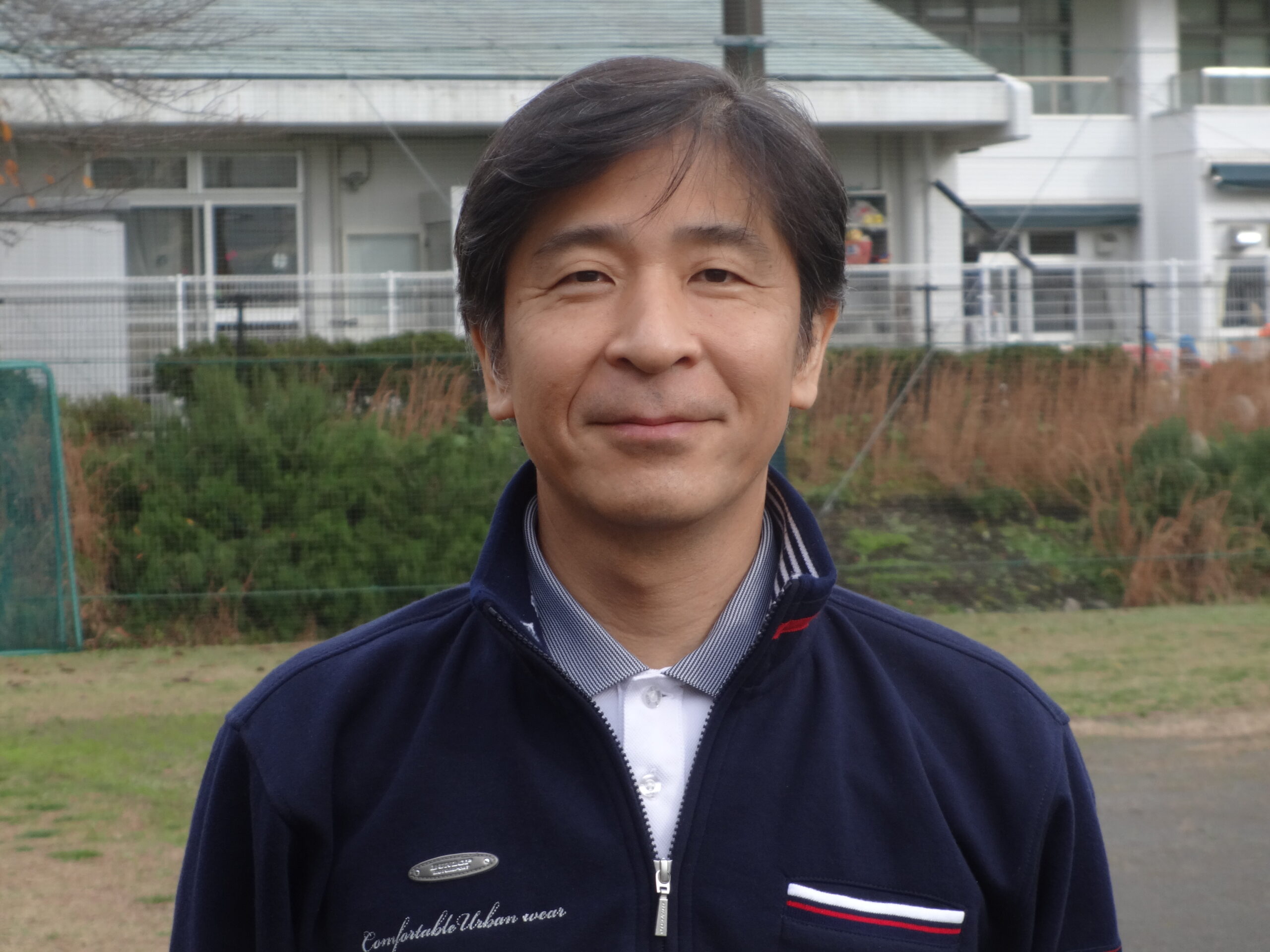 Mita Masaaki
Mita Masaaki
Formerly a teacher at a special-needs school in Yokohama City and currently a member of “Kanagawa Yokohama no Yakan Chugaku o Kangaeru Kai” (Association to discuss night schools in Kanagawa and Yokohama).
He is secretariat of “Kokoro Hazumu Art Exhibition” and a member of “Atarashii e no kai” (New Picture Association). He was interviewed by Tokyo University of the Arts for the “Art and Education Research Project 2019 – Konna Jugyo o Uketemitai (I would like to take such a class)”.
YouTube (English subtitles available): https://www.youtube.com/watch?v=3oixFi-H5ng
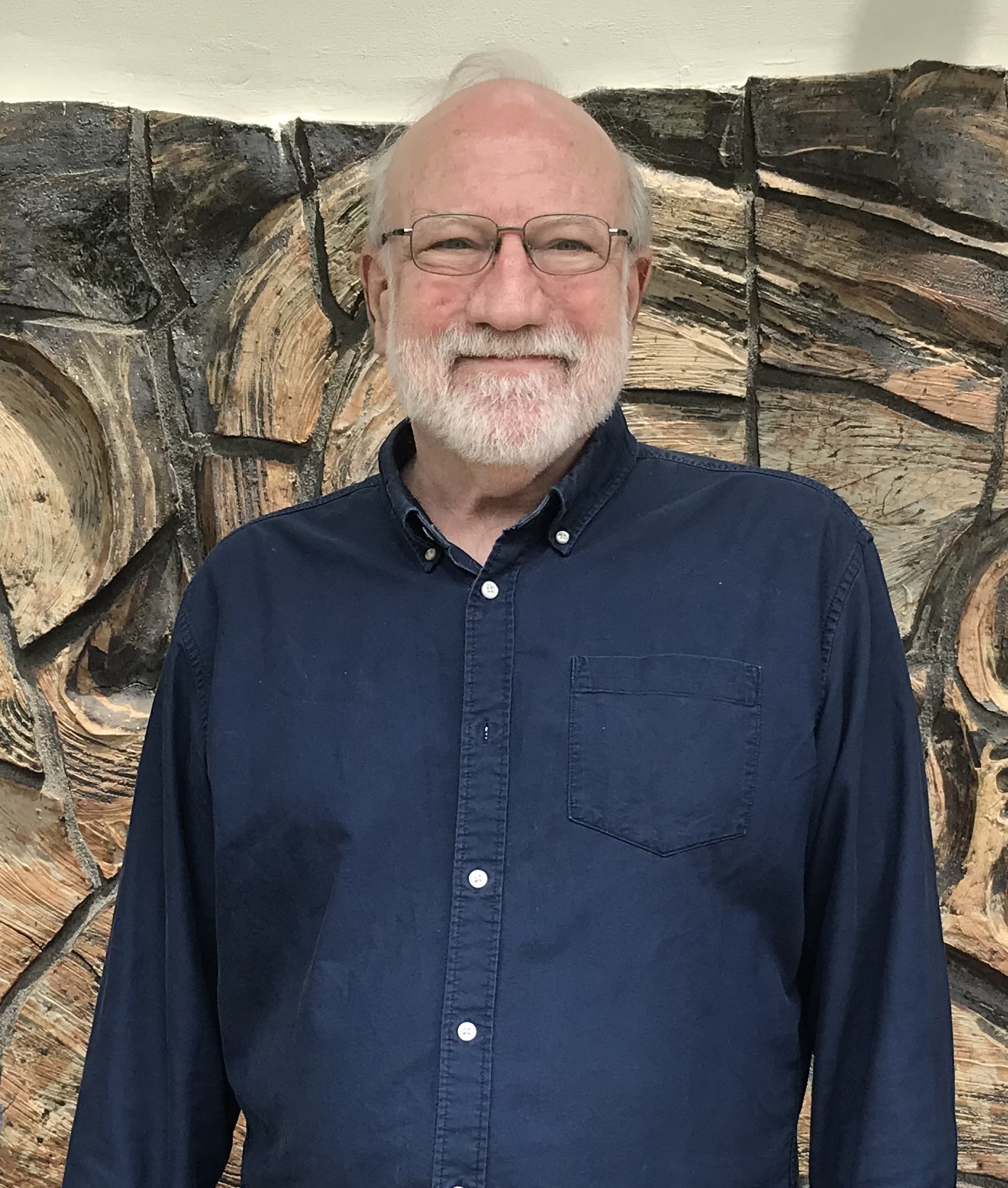 John Junkerman
John Junkerman
Born 1952 in Milwaukee, Junkerman is an American filmmaker, living in Tokyo.
His first film, Hellfire: A Journey from Hiroshima (1986), is a portrait of Japanese atomic-bomb artists Maruki Iri and Maruki Toshi; Awards include the Grand Prix at the San Francisco International Film Festival. The film was nominated for an Academy Award in 1988. It served to enhance the recognition of Iri and Toshi in the U.S., with both receiving honorary doctorate degree by the Massachusetts College of Art. Filming took place in 1985, and along with interviews and scenes of Iri and Toshi’s work and lifestyle, this valuable video captures the atmosphere of the Maruki Gallery and surrounding area back then. Other works include Uminchu: The Old Man and the East China Sea (about an old marlin fisherman in Yonaguni), Power and Terror: Noam Chomsky in Our Times (2002), which features the world-renowned linguist’s dissenting views on American power in interviews held soon after the 9.11 terror attacks, and Okinawa: The Afterburn (2015), which examines the history of US military bases on the island from the 1945 Battle of Okinawa to the present. He continues to work both in Japan and the United States.
[How to get to the gallery]
■ Shuttle bus (van)
From Shinrinkoen Station to Maruki Gallery Leaves at 12:00, 13:00, 14:00
From Maruki Gallery to Shinrin-koen Station Leaves at 11:45, 12:45, 13:45, after the event
* If the number of passengers exceeds the capacity, guests are kindly requested to wait for the next round.
■ By public bus
From Higashi-matsuyama Station
– Go out from East Exit and take a city loop-line bus (Karako Course / 唐子コース) on Platform #4
[Bus Schedule] 8:45, 10:10, 11:10, 12:10, 14:30, 15:35
■ Other
From Tsukinowa Station (Approx. 2.5km) Approx. 30 mins on foot
From Shinrin-koen Station (Approx. 3.5 km) Approx. 12 mins by taxi

